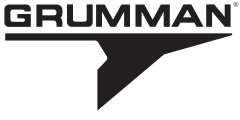The Avenger was the heaviest single-engined aircraft of World War II, and only the USAAF’s P-47 Thunderbolt came close to equalling it in maximum loaded weight among all single-engined fighters, being only some 400 pounds (180 kg) lighter than the TBF, by the end of World War II.

![]()